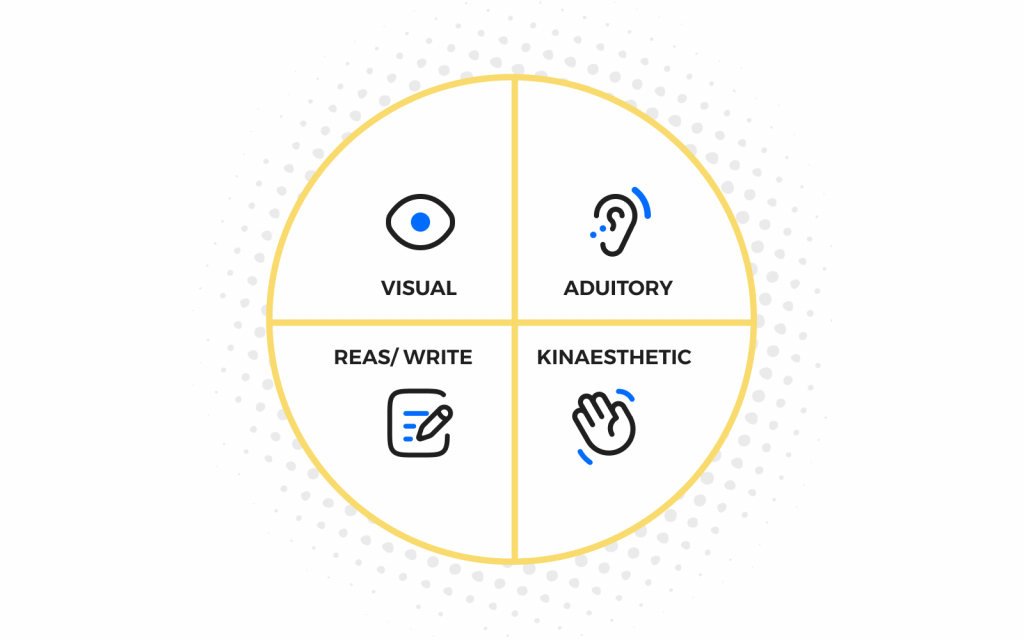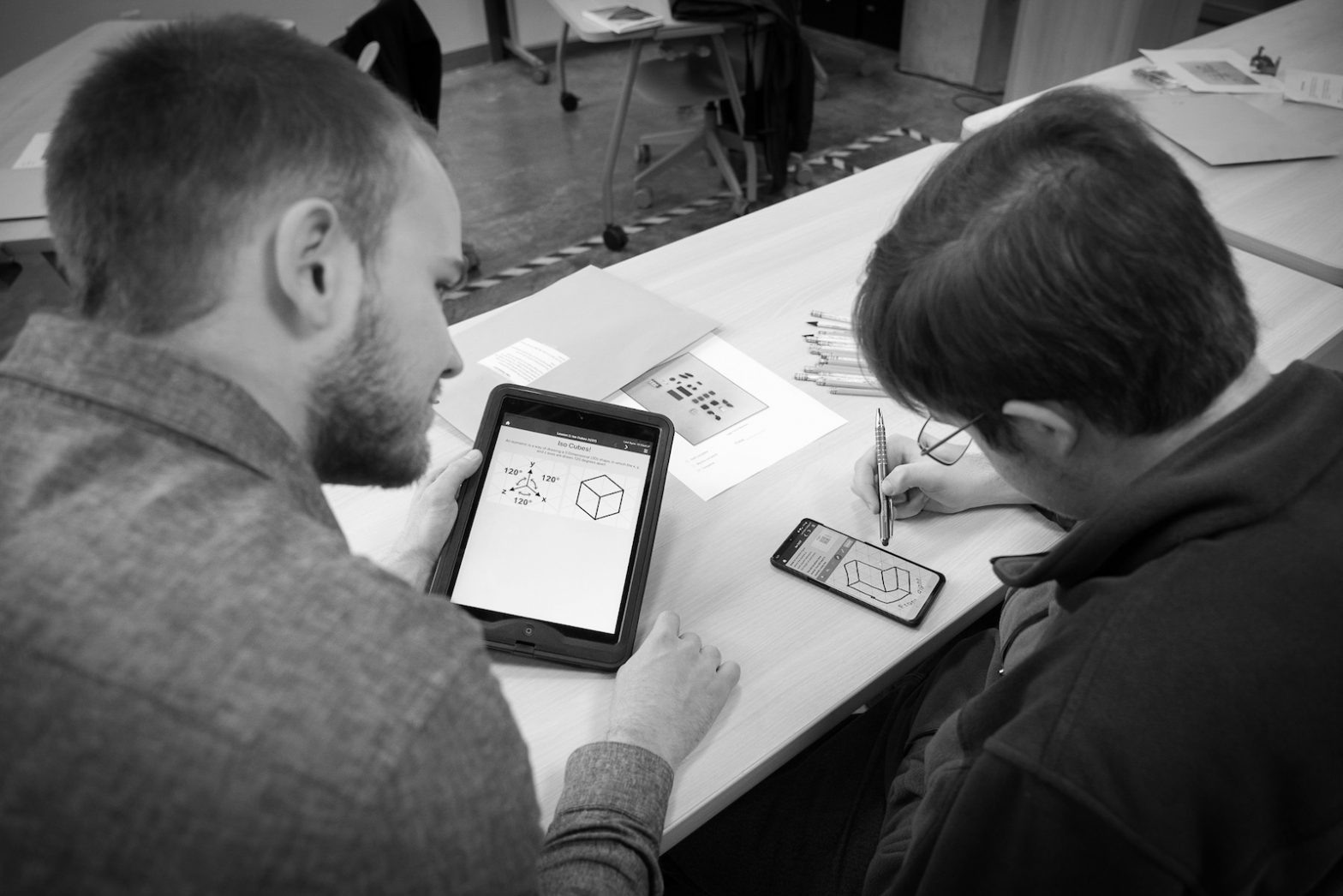In 2009 a group of scientists (incl. Robert Bjork) published an essay on “Learning Styles: Concepts and Evidence”. The authors examined the evidence supporting the idea that matching instruction to individuals’ learning styles enhances learning outcomes.
They criticized both the traditional notions distinguishing visual, auditory and kinesthetic “learners” (which dates back to 1910) and Honey and Mumford’s classifications of activists, reflectors, theorists, and pragmatists (from 1986). These theories assumed the existence of two continuums:
- Processing continuum: this refers to the idea that individuals may differ in their cognitive processing preferences. Some learners may be more inclined toward analytical and systematic processing, while others may lean toward intuitive and holistic processing.
- Perception continuum: this refers to variations in how individuals perceive and interpret information. Some learners may have a preference for concrete, sensory experiences (e.g. visual or kinesthetic), while others may rely more on abstract or conceptual understanding.
According to Bjork, categorization of individuals into distinct learning styles oversimplifies the complexities of individual learning processes.

In short, there is no such thing as personal learning styles. The preference might be there (someone might prefer learning by watching), but it does not lead to improved performance.
For language learning, this means that you might just like a particular method of learning (like matching images with words), but it does not improve your language skills in the long term.
What works, works on everybody. Given enough effort.



